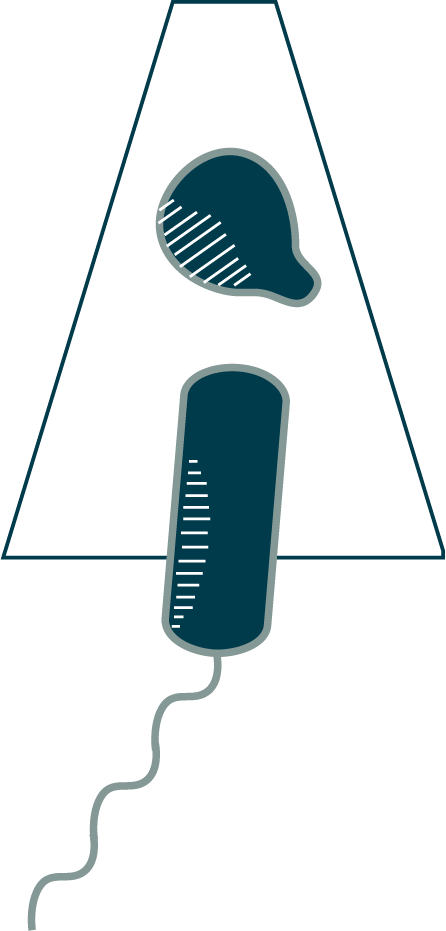

The addition of fluorescence to light microscopy allows us to look not just at cells, but for things inside them. Specific cellular components can be fluorescently labeled, with a stain or antibody that binds a particular molecule. Alternatively, a protein of interest can be genetically linked to a fluorescent protein such as Green Fluorescent Protein (GFP, isolated from a bioluminescent jellyfish off the Pacific coast in the 1970s and adapted as a revolutionary molecular biology tool in the 1990s). While tagging a protein can sometimes change its properties (e.g. affecting its function or altering its localization), this technique often enables us to identify where in the cell a protein is found, and what it might be doing there.
As an example, this movie from Howard Berg’s lab [8] [9] shows Escherichia coli cells stained by a fluorescent dye that binds to and highlights their flagella – long, thin appendages that propel them through their environment. (We will discuss this and other ways cells move in Chapter 6.)